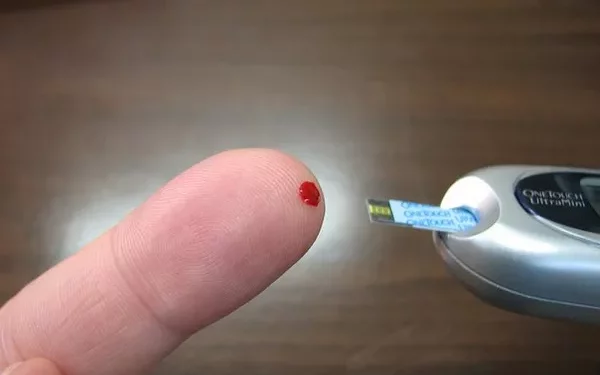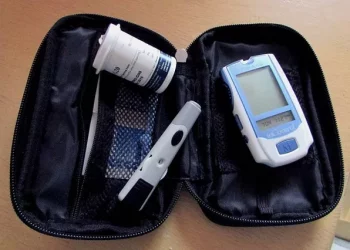A groundbreaking study published in Life Metabolism has identified a critical enzyme, hyaluronidase-1 (HYAL1), as a significant player in regulating blood sugar levels after meals. Researchers from Baylor College of Medicine and the University of Namur discovered that HYAL1 helps suppress excessive glucose production in the liver, a process that is often disrupted in metabolic disorders like Type 2 diabetes.
A Surprising Link Between HA and Blood Sugar Control
The study focused on hyaluronan (HA), a sugar molecule known for its roles in tissue structure and inflammation, which increases in the bloodstream following a meal. The researchers revealed an unexpected connection between HA and glucose metabolism, showing that HYAL1—an enzyme that breaks down HA in the liver—plays a vital role in controlling gluconeogenesis. This is the process by which the liver produces glucose from non-carbohydrate sources.
In healthy individuals, gluconeogenesis is suppressed after eating to prevent blood sugar spikes. However, in people with diabetes, this process often continues unabated, leading to elevated blood glucose levels.
HYAL1’s Impact on Glucose Production
Using genetically modified mice, the researchers found that removing the Hyal1 gene resulted in increased glucose production, particularly in mice fed a high-fat diet. On the other hand, increasing HYAL1 activity in the liver improved glucose tolerance and reduced gluconeogenesis, even in animals with insulin resistance.
The research team uncovered the molecular mechanism behind this effect: HYAL1’s breakdown of HA leads to the redistribution of cellular metabolites like Uridine diphosphate N-acetylglucosamine (UDP-GlcNAc). This, in turn, reduces a key protein modification—O-GlcNAcylation—on mitochondrial proteins involved in energy metabolism. This modification impacts ATP production, making it more difficult for the liver to produce glucose, thereby helping to regulate blood sugar levels.
Implications for Diabetes Treatment
This discovery opens the door to potential new treatments for diabetes, especially in individuals with insulin resistance. By enhancing HYAL1 activity or manipulating HA levels post-meal, it may be possible to improve glucose control in people with metabolic disorders.
While further research is needed to fully understand the pathway’s role in glucose regulation, this study provides a fresh perspective on how the body manages blood sugar beyond the traditional insulin-glucagon system. With diabetes affecting millions of people worldwide, this finding could lead to novel therapeutic approaches for managing blood glucose levels, offering hope for more effective treatments in the future.
Future Directions
The researchers are now focused on better understanding how HYAL1 can be harnessed for therapeutic purposes, potentially offering a new strategy for those struggling to control blood sugar levels. As diabetes continues to be a global health challenge, this breakthrough could play a pivotal role in advancing the management of this complex condition.
Related topics:
How Do Blood Sugar Tests Work?
What Is a Good Blood Sugar Glucose Level?
Neurologist Recommends Magnesium for Brain Health and Alzheimer’s Prevention
























